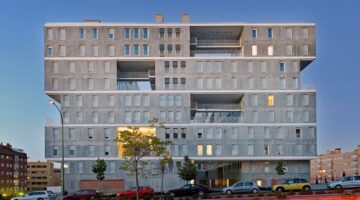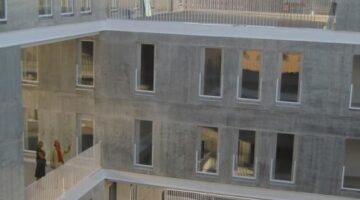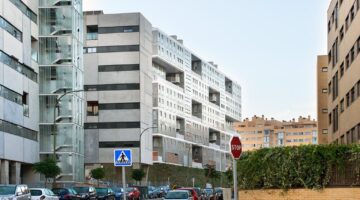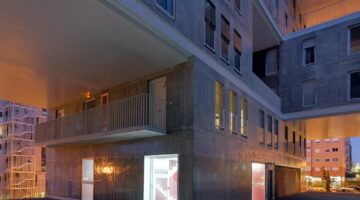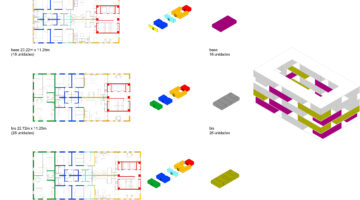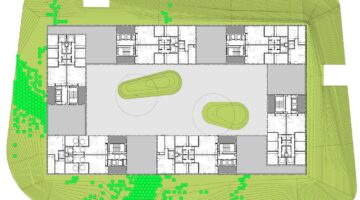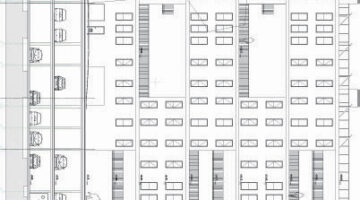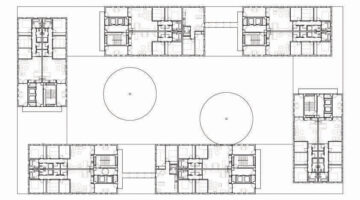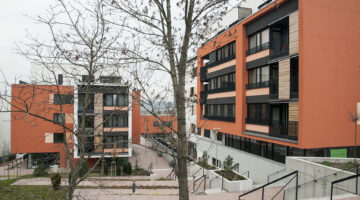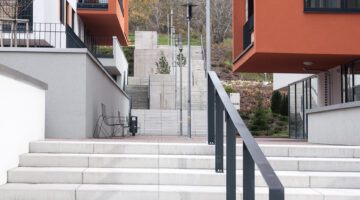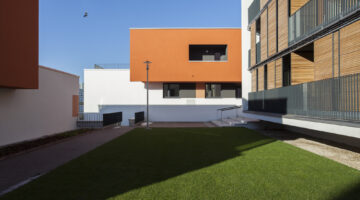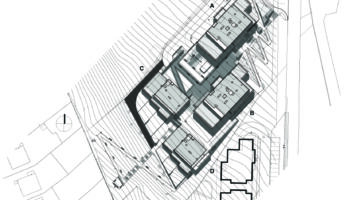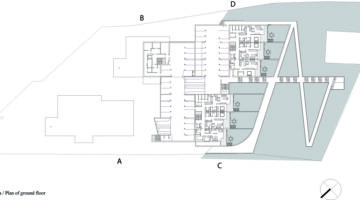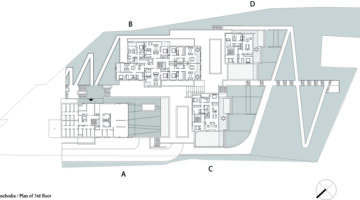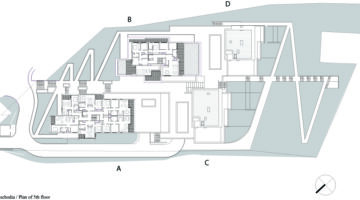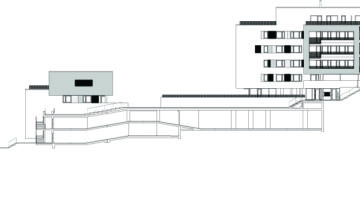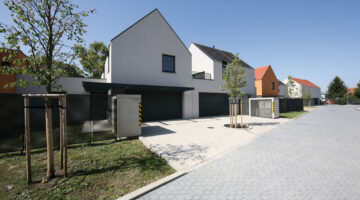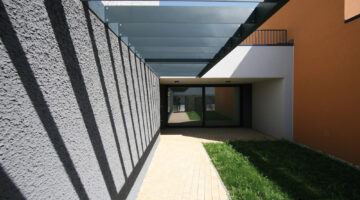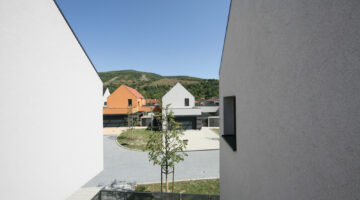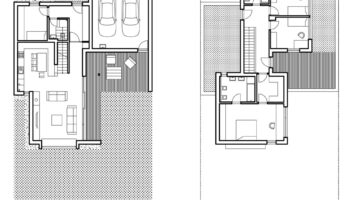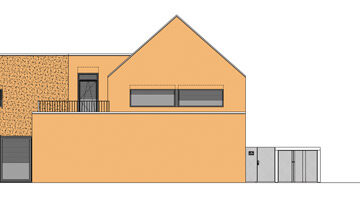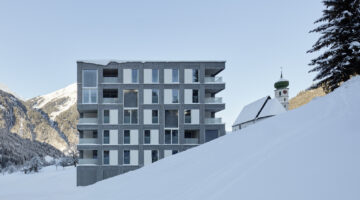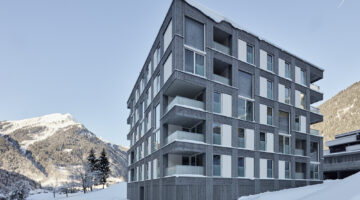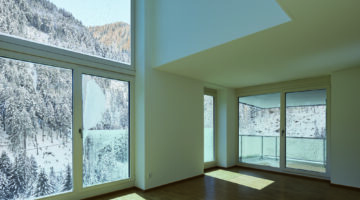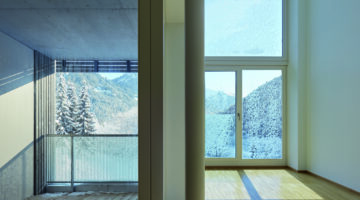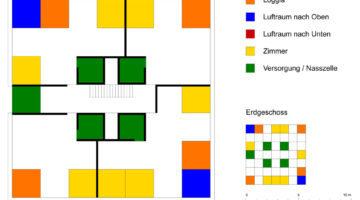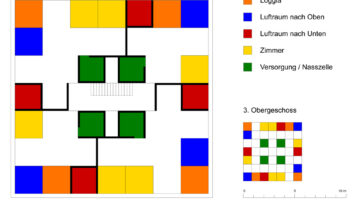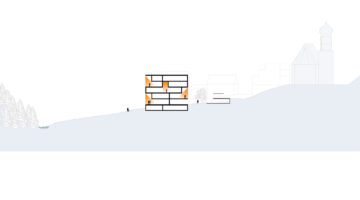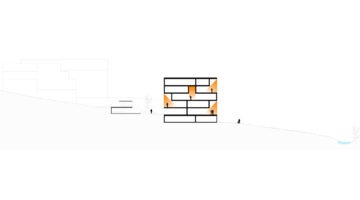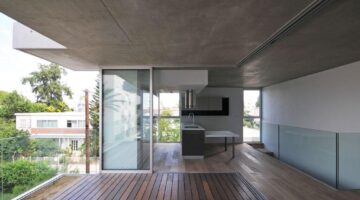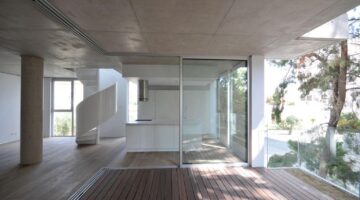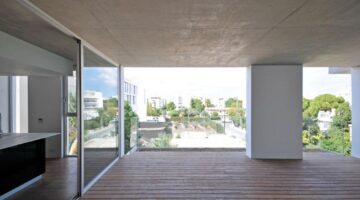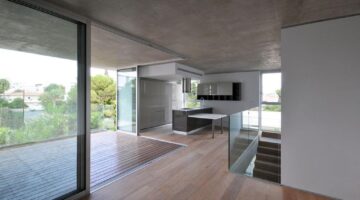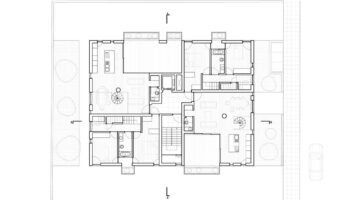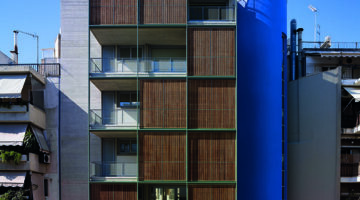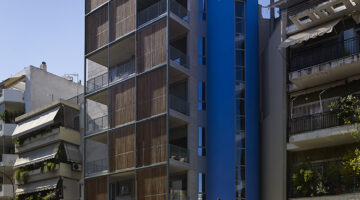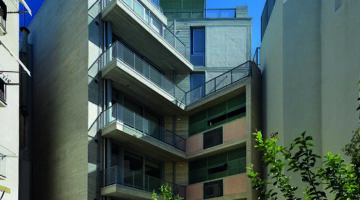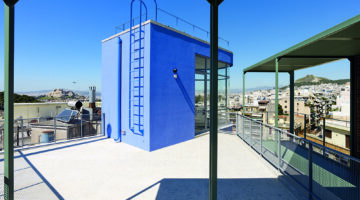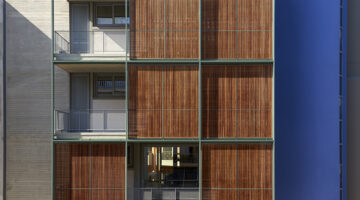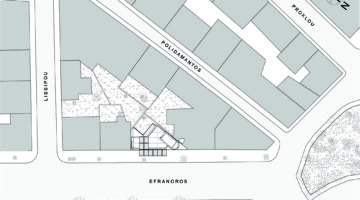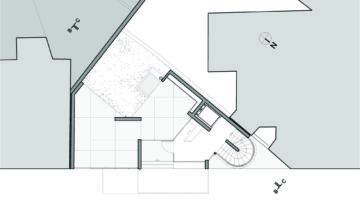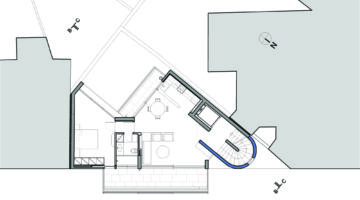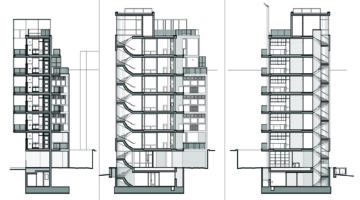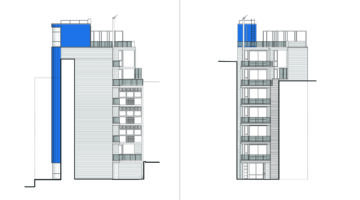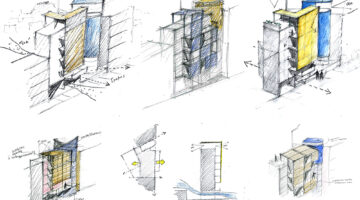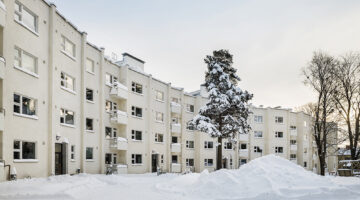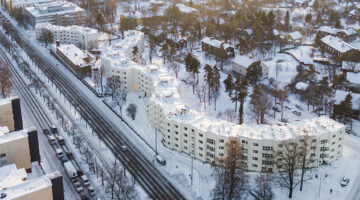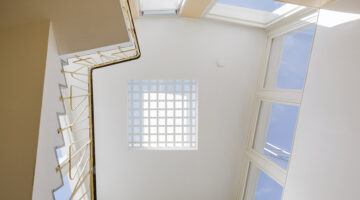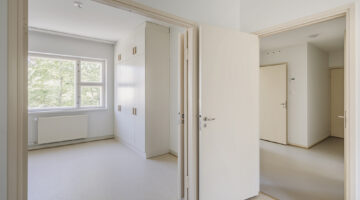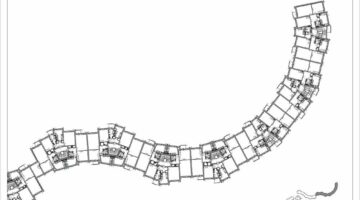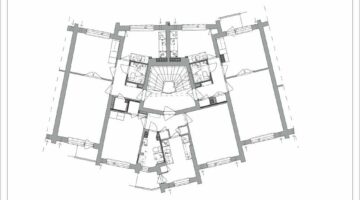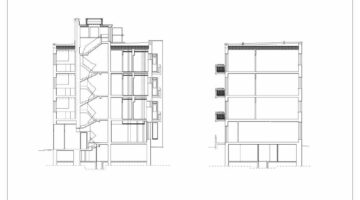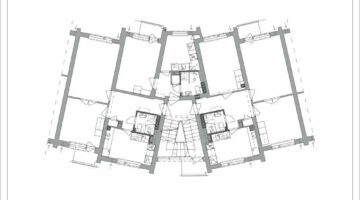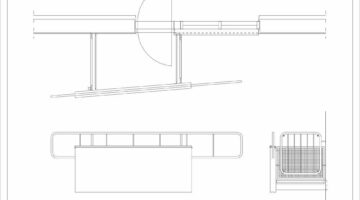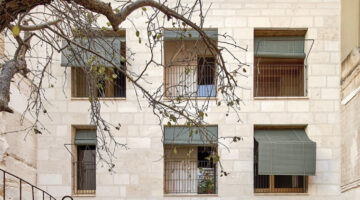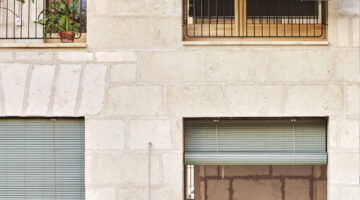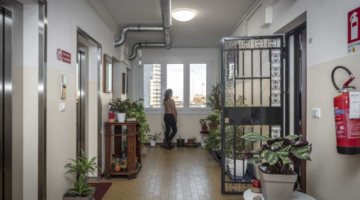
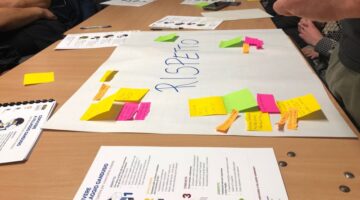
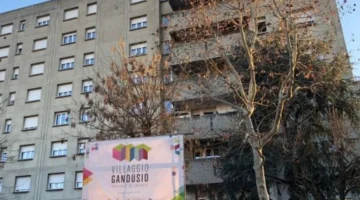
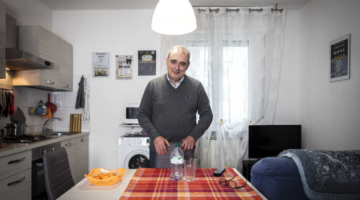
Villaggio Gandusio - Fight Energy Poverty and Act on the Community
Main objectives of the project
Bologna is a vivid city, with a dynamic university atmosphere and a rich diversity of people and economy. Yet, rental prices are one of the highest in Italy. Moreover, the few social housing units that exist face two interrelated issues: building degradation and social vulnerability. To tackle both of them, the Municipality of Bologna started a refurbishment of Villaggio Gandusios social hosuing units. The goal was to make them ecologically resilient in a context of increasing heat waves while acting on their communities, building a stronger social engagement of the neighbours.
Date
- 2018: Construction
Stakeholders
- Promotor: ACER
Location
Country/Region: Bologna, Italy
Description
Over time, the public housing complex located at Via Gandusio no. 6-8-10-12 has not only suffered from typical physical deterioration but has also witnessed a rise in social tensions. This escalation is partly attributed to the clustering of vulnerable situations within the same environment, negatively impacting the overall housing quality and neighborhood dynamics. In response to these challenges, the Municipality of Bologna, operating through its management entity, ACER, initiated a comprehensive endeavor in 2018 to renovate the buildings and enhance energy efficiency. However, the primary aim extended beyond mere energy resilience of the buildings regarding heat waves. The main goal was to address the social needs of the residents.
The renovation process encompassed various measures, including upgrading façades with thermal insulation, improving maintenance of balconies, roofs, atriums, and stairwells, enhancing electrical and gas systems, replacing fixtures, and installing heat meters across 160 apartments and communal areas.
The overarching challenge was to transform one of the city's most problematic public housing areas into a hub of social innovation, serving as a model for potential replication. Villaggio Gandusio aimed to integrate seamlessly into the neighborhood fabric, prioritizing living quality and social inclusion through sustainable social diversity and collaborative projects. Achieving this objective necessitated coaching, social mediation, and fostering peaceful coexistence among residents. To facilitate this, dedicated facilitators maintained a permanent presence within the community, supplemented by training sessions to empower residents as facilitators themselves. The refurbishment office also housed social mediators who actively addressed conflicts and introduced digital communication channels for neighbor interactions.
Furthermore, efforts were made to enhance communal spaces and green areas through community-driven activities, fostering a stronger sense of belonging and unity among residents. A key aspect was promoting a more diverse community makeup, exemplified by an agreement with Er.go (Regional Authority for the Right to Higher Education) to allocate certain apartments to low-income university students engaged in community care projects, particularly assisting residents' children with after-school activities, which proved to be highly successful.
This transformative project turned Via Gandusio from a conflict-ridden and neglected area into a beacon of civic engagement and cooperation between residents and public institutions, serving as a blueprint for similar interventions in other large social housing complexes. Through the dedicated efforts of social mediators, this approach instilled a positive sense of community, empowered residents, nurtured care and respect for shared resources, and facilitated the formation of self-support networks among neighbors.


